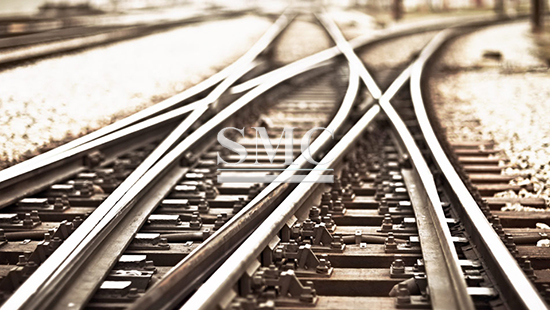Notice: Undefined index: sith_hide_share in /www/sites/alloy.wiki/index/wp-content/themes/likegoogle/single.php on line 32
Deprecated: get_settings is deprecated since version 2.1.0! Use get_option() instead. in /www/sites/alloy.wiki/index/wp-includes/functions.php on line 4862
Train is a very important means of transportation in our country. It can be used not only to carry people but also to carry goods. The carrying capacity is very large. I believe that everyone has taken a train. Although the train is often crowded, the environment is relatively slower and the speed is slower than the high-speed train, but because the price is cheap, many people are more willing to take the train. When you are in a train, I believe that you have seen the rails of the train. Many of these rails are rusty. Why do trains use such rusty rails instead of stainless steel?

In our daily life, many things are made of stainless steel, such as stainless steel insulation cups, spatulas, etc. Stainless steel is used in many other fields. Why aren’t stainless steel used in train tracks? That is because although stainless steel does not rust, it does not meet the requirements of rails in strength. Stainless steel is easily deformed under high pressure for a long time. If the rail is deformed, the consequences are very serious, so the rail does not use stainless steel.
The rails of the railway are made of high-manganese steel. High-manganese steel is an alloy steel with a manganese content of more than 10%. Its strength is very high and it can withstand the rolling of trains for a long time. Grinding, and the price is slightly cheaper than stainless steel, so rails use this high manganese steel.
Although high-manganese steel will rust after prolonged exposure to sunlight and rain, it will not have a great impact on train traffic. Therefore, high-manganese steel is currently the most suitable steel for rails instead of stainless steel. The railway is always inspected and maintained by professional personnel. Wherever there is a problem, timely repairs are performed. The service life of rails is generally very long.
Guest contributors are welcome at the Alloy Wiki.It is a weekly wiki and guide on alloy information and processing technology, while also about the vast array of opportunities that are present in manufacturing. Our team of writers consists of a Machining Material Supplier / Machinist / Tool and Die Maker, a Biomedical Engineer / Product Development Engineer, a Job Development Coordinator / Adjunct Professor, and a President and CEO of a manufacturing facility.
Link to this article:Why Should Train Rails Use Rusty Steel Instead of Stainless Steel?
Reprint Statement: If there are no special instructions, all articles on this site are original. Please indicate the source for reprinting:Alloy Wiki,thanks!^^


